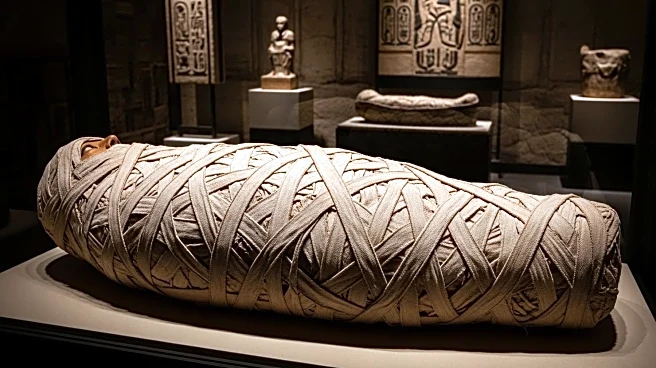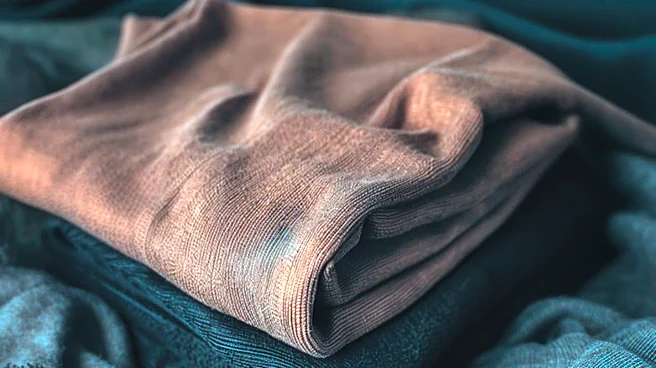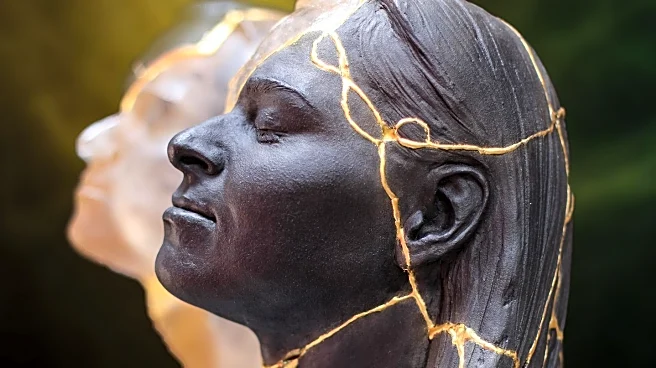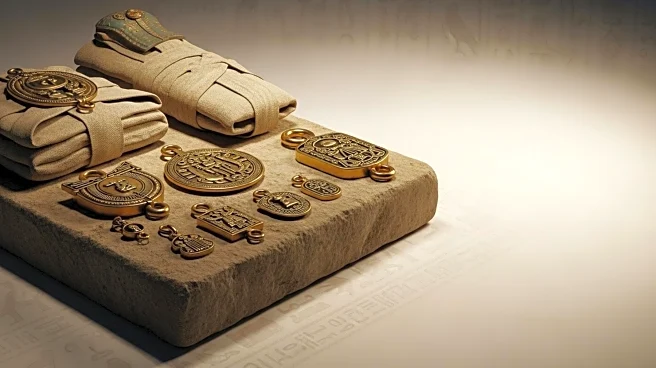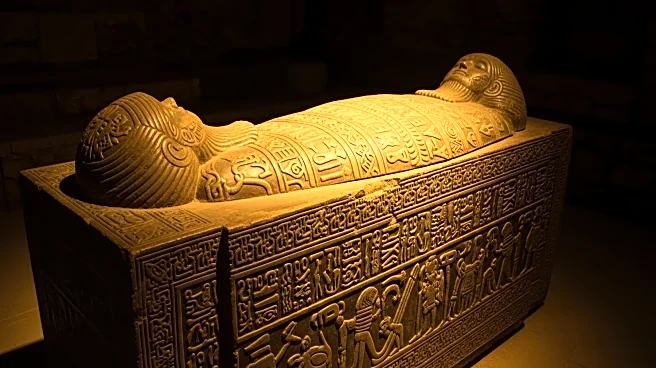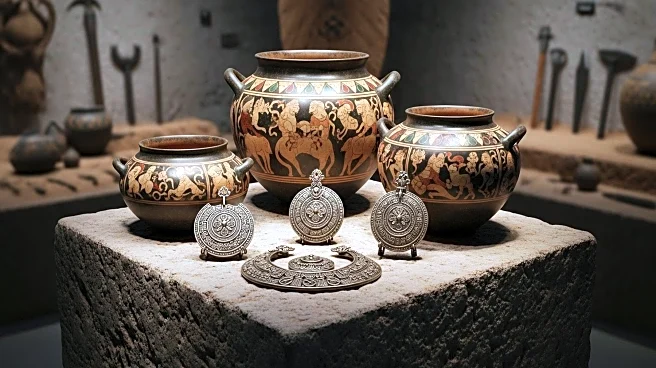What's Happening?
Scientists have discovered what are believed to be the oldest known mummies in the world, located in southeastern Asia and dating back up to 12,000 years. The mummification process, which prevents decay by preserving dead bodies, was found to have been practiced by hunter-gatherer communities in the region. The study, published in the journal Proceedings of the National Academy of Sciences, reveals that human remains were buried in crouched or squatted positions with cuts and burn marks across various archaeological sites in China, Vietnam, and other parts of southeastern Asia. The bodies were likely exposed to heat, suggesting they were smoke-dried over a fire. This discovery pushes back the timeline of known mummification practices, previously attributed to the Chinchorro people in Peru and Chile about 7,000 years ago.
Why It's Important?
The discovery of these ancient mummies provides significant insights into prehistoric funerary practices and the cultural importance of mummification in maintaining connections with ancestors. This finding challenges previous assumptions about the origins and spread of mummification techniques, suggesting a broader geographical and cultural context. It highlights the complexity and diversity of ancient human societies in southeastern Asia, offering a new perspective on how these communities honored their dead. The study contributes to the understanding of human evolution and cultural practices, potentially influencing future archaeological research and interpretations of ancient societies.
What's Next?
Further research is needed to confirm the consistency of smoke-drying practices across all the locations studied in southeastern Asia. Scientists may explore more archaeological sites to gather additional evidence and refine dating methods to ensure robustness. The findings could prompt a reevaluation of mummification timelines globally, encouraging archaeologists to investigate other regions for similar practices. Additionally, the study may inspire interdisciplinary collaborations to explore the cultural and spiritual significance of mummification in ancient societies.
Beyond the Headlines
The discovery raises ethical considerations regarding the treatment and study of ancient human remains. It also opens discussions on the preservation of cultural heritage and the role of indigenous practices in contemporary society. The findings may influence how modern communities perceive their ancestral traditions and the importance of maintaining cultural continuity.




